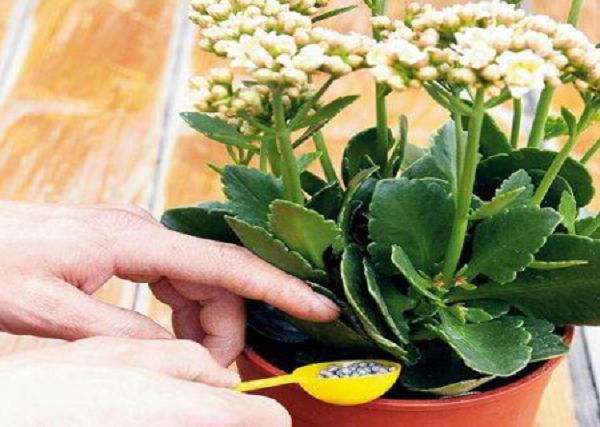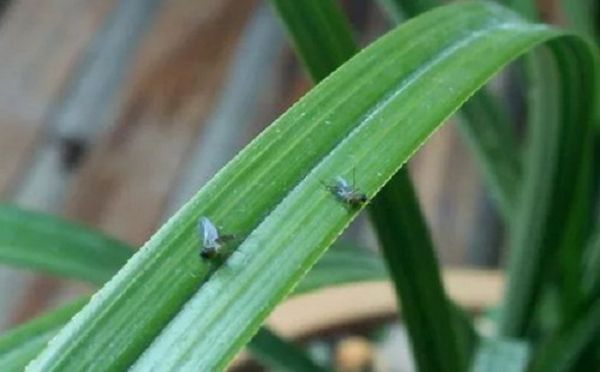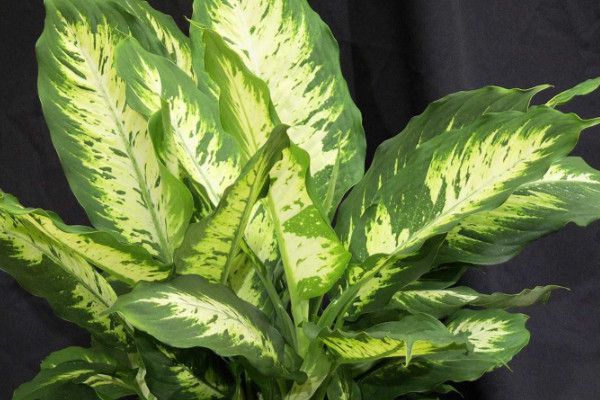Notes on Fertilization of Pot Flowers

Potted flowers need to be fertilized just as people need to eat, which is the absorption of nutrients and the maintenance of life. But fertilization can not be blind, when fertilization, when can not be fertilized, we must have a concept! If the fertilizer is too much and too thick, it will burn the root system, resulting in blackening of plant leaves, scorch and non-flowering of sterile buds.
Different flowers, different periods, different fertilizers, different fertilization methods, can not be blindly imitated, according to their own flowers and plants to choose fertilizer, choose fertilization methods. Flowers should be fertilized in a timely and appropriate amount, and at the same time, we should also grasp the season and time. Generally speaking, when fertilizing in the flower growing season, the flowers with vigorous growth need more fertilizer; the whole vegetarian fertilizer is applied at the seedling stage, phosphorus fertilizer is mainly applied at the flower and fruit stage, nitrogen fertilizer is the main fertilizer for foliage flowers, and the flowers in the dormant period stop fertilizing. In addition, we should also grasp the principle of applying thin fertilizer frequently, that is, eat less and eat more.
So, what are the matters needing attention in fertilizing potted flowers?
1. The root should not touch the base fertilizer.
When planting flowers, the root system of the plant should not be placed directly on the base fertilizer, but a layer of soil should be added to the fertilizer, otherwise it is not only not conducive to the full absorption and utilization of fertilizer, but also damage the root system.
2. Newly planted plants cannot be fertilized.
The root system of the newly planted plant has many wounds, and if it is stimulated by the external fertilizer effect, the wound is not easy to heal, which will cause rotten roots and even lead to plant death. Some cuttings cannot be fertilized before they take root after sowing.
3. Can sick plants be fertilized?
Diseased plants have weak growth, poor photosynthesis, slow metabolism and low ability to absorb fertilizer, so it is easy to cause fertilizer damage if you apply fertilizer casually.
4. no fertilizer can be applied during flowering.
Fertilization in the flowering stage will promote the vegetative growth of the plant, which is easy to cause overgrowth, resulting in bud drop and flower drop.
5. Flowers cannot be fertilized during the dormant period.
Flowers stop or slow down their growth during the dormancy period. If fertilizer is applied, it will break the dormancy, promote the plant to continue to grow and affect the flowering in the coming year.
6. Potted flowers should not be fertilized with thick fertilizer.
To fertilize flowers, we must strictly control the amount of fertilizer application, avoid excessive concentration or dosage, otherwise it will burn the plant roots and cause death in serious cases, so we should apply thin fertilizer frequently.
7. Flowers should not be fertilized with immature manure.
The application of non-fully mature organic fertilizer to flowers will not only spread diseases and insect pests, but also ferment and heat and burn the roots of plants in the process of ripening.
8. No fertilizer can be applied under the roots of flowers.
With the continuous growth of flowers and plants, its root system is also gradually expanded accordingly, if fertilized under the root shoot, it is not conducive to full absorption and utilization. Therefore, depending on the growth of the plant, the acupoint should be applied at the appropriate place from the root or the edge of the basin to benefit the absorption of the root.
9. Avoid applying topdressing and excessive amount of fertilizer
The roots of potted flower plants are relatively concentrated, and if the water supply is insufficient after fertilization, the local fertilizer concentration is often too high, resulting in root system damage due to dehydration. When spraying foliar fertilizer, it is not recommended to do it in violent sunlight to avoid evaporation of water and loss of fertilizer effect or damage to leaves.
Related
- Fuxing push coffee new agricultural production and marketing class: lack of small-scale processing plants
- Jujube rice field leisure farm deep ploughing Yilan for five years to create a space for organic food and play
- Nongyu Farm-A trial of organic papaya for brave women with advanced technology
- Four points for attention in the prevention and control of diseases and insect pests of edible fungi
- How to add nutrient solution to Edible Fungi
- Is there any good way to control edible fungus mites?
- Open Inoculation Technology of Edible Fungi
- Is there any clever way to use fertilizer for edible fungus in winter?
- What agents are used to kill the pathogens of edible fungi in the mushroom shed?
- Rapid drying of Edible Fungi



